Bruce Dowbiggin
Closing Of CHML Latest Sign Of Demise For Local Journalism
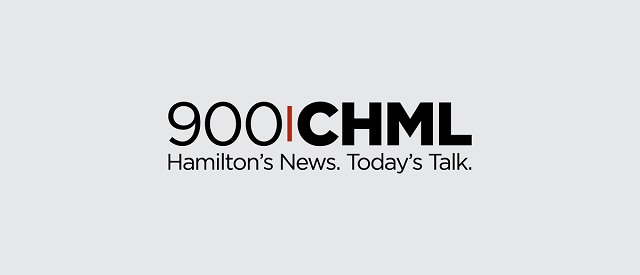
For many Canadians the past month has witnessed the demise of two venerable broadcasting brands in the nation. First, they saw what could be the final CBC Sports-led production of a Summer Olympics. The drama and surprises of the recent Paris Games for Canada were a reminder of the many seminal moments in CBC’s history with the Olympics.
Donovan Bailey’s double golds in 1996. Ben Johnson’s DEI disqualification after winning the 1988 100 metres. Nancy Green’s gold in slalom in 1968. Caetrina LeMay Doan’s back-to-back golds in speed skating (1998 and 2002 Games). Greg Joy’s silver medal in high jump on the final day of the 1976 Montreal Summer Olympics. Gaetan Boucher’s double golds/ one bronze in speed skating medals in 1984. Clara Hughes’ bronze in both the road race and time trial at the 1996 Olympic Games in Atlanta plus winning speed-skating medals in three straight Winter Olympics. We could go on.

As we mentioned a couple of weeks ago, the retirement of anchor Scott Russell is one small precursor of what might come if Pierre Poilievre becomes prime minister in 2025. He has promised to take a scythe to the CBC budget, reportedly eliminating its preferred status as a broadcaster in Canada. (The Corp’s former dominance as a far-flung national signal transmitter disappeared with digital.)
Unless the government makes a special dispensation for Olympics, the Corp’s ability to broadcast a full Olympics in the future could be severely impacted if that happens (CBC has rights to 2026/ 2030 Winter Games & 2028/ 2032 Summer Olympics). The best CBC might do is a sharing agreement with private networks and, possibly, digital outlets like Amazon or Apple. Someone else will have to talk about statue gender equality and trans athlete rights in Milano/ Cortina (2026) and L.A. (2028). A bracing possibility for CBC lovers.
The other broadcast shocker was the sudden demise of Hamilton Ontario’s iconic CHML 900 radio station on August 14. Its owners at Corus shuttered the station with no fanfare or warning to its devoted listeners. For decades CHML (and CHCH TV) was the plucky electronic voice for the western end of the Golden Triangle, the buffer against the massive media voice coming out of Toronto.
Along with the CFL Tiger Cats, CHML personified the blue-collar sensibilities of Steel Town. The Cats were a touchstone of their identity with Perc Allen, Vince Mazza and Bob Bratina (later Hamilton mayor) on their crew. CHML was where local advertisers could pitch their products to the city and down the Niagara Peninsula. It was where local news had a voice. You got your local traffic and sports news first, not as a tag-end of a Toronto newscast.

Now, only the Hamilton Spectator stands as a remnant of a vibrant culture in what has become a booming residential market (and that as a pawn in national newspaper chain). As Hamilton’s population balloons, its identity and ability to reflect this new reality shrivels.
In its own way CHML was like many private stations across the country (CJAD, CJOB, CHED, CHQR, CKNW) that prospered by reflecting the local, not national perspective on news and sports. But two factors aligned against this model in the modern age. First, the advent of different delivery systems from digital to SiriusXM to grey market cut their listenership and savaged their advertising base.
They were not alone. “@cp_doge Legacy media is witnessing a decline in viewership, while 𝕏 continues to break new all-time usage records. This is because legacy media simply can’t compete with the hundreds of millions of people providing real-time information on 𝕏.”
Local stations like CHML, already fighting CBC for listeners, now were challenged by podcasts, independent opinions and a rapidly devolving demographic of aging listeners. They reacted by doubling down on their base, ignoring competing communities. This led to cutbacks, the elimination of familiar stars and the desertion of sponsors.
Second, when financial pressures got tight, many of these stations were bought and controlled by national chains. The economic formula for those stations switched from satisfying a local model of small businesses and city council to feeding a publicly held beast— the national chain. In the short term it brought stability and programming.
But as time went by, listeners noticed that the programming generated by the chain was Toronto-centric. The political slant was also dominated by the 416/613/514 axis. Attempts to localize the stations again via Toronto head office resulted in fly-over management.
Sports rights, often an asset to local programmers, were swallowed by the national all-sports media chains. In 2015 the Cats went to a Bell Radio station for a time, only to return to CHML til 2024. The death of the station sends the team games over to online and a smaller FM frequency.
Worse for local broadcasters, their solvency was now tied to the overall health of the chain. Problems elsewhere become their problems. In the case of CHML, that means the woes of publicly traded CORUS, which is now taking a financial beating. The company is madly slashing staff. ”By the end of August, Corus expects it will have reduced its full-time workforce by 25 per cent — or nearly 800 jobs — compared with September 2022. By the end of May, Corus had cut about 500 employees.”
The radio situation was prefigured by the demise of local Canadian newspapers which went from revenue-generators to welfare cases when they became married to large chains. When we arrived at the Calgary Herald in 1998, the paper had 11 full-time sports reporters and three editors. Now merged with the equally dismal Calgary Sun, there are three full-time reporters. The sports editor is in Edmonton. The paper is laid out in Hamilton. Door to door is non-existent.

The empty Herald/ National Post building, the most desirable real estate property at one time in the city, is now stripped of its presses and is used by a car rental company. The situation is replicated at many of the formerly great Canadian papers. The national chain model is dire with only the Globe & Mail as an semi-independent entity.
And yet this prime minister, dependent on their corporate donations, pumps millions into a sunset industry, propping up a few major communications firms bleeding red ink on the broadcast side (their phone/ communications branches keeps Rogers and Bell in business). Leaving local markets abandoned and neglected while unionized workers and wealthy owners scramble for the scraps left in the trough. As they say in the biz, That’s A Wrap.
Bruce Dowbiggin @dowbboy is the editor of Not The Public Broadcaster A two-time winner of the Gemini Award as Canada’s top television sports broadcaster, he’s a regular contributor to Sirius XM Canada Talks Ch. 167. His new book Deal With It: The Trades That Stunned The NHL And Changed hockey is now available on Amazon. Inexact Science: The Six Most Compelling Draft Years In NHL History, his previous book with his son Evan, was voted the seventh-best professional hockey book of all time by bookauthority.org . His 2004 book Money Players was voted sixth best on the same list, and is available via brucedowbigginbooks.ca.s.
Bruce Dowbiggin
The Pathetic, Predictable Demise of Echo Journalism
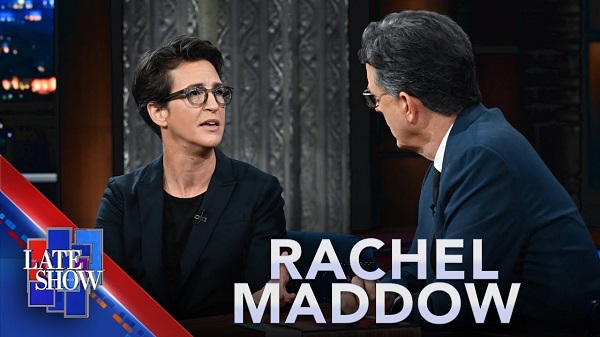
It can be safely said that the 2024 U.S. presidential election couldn’t have gone much worse for legacy media in that country. Their biases, conceits and outright falsehoods throughout the arduous years-long slog toward Nov. 5 were exposed that night. Resulting in the simultaneous disaster (for them) of Donald Trump winning a thunderous re-election and their predictive polling being shown to be Democratic propaganda.
Only a handful of non-establishment pollsters (Rasmussen, AtlasIntel) got Trump’s electoral college and overall vote correct. Example: One poll by Ann Selzer in Iowa—a highly-rated pollster with a supposedly strong record—showed a huge swing towards Harris in the final week of the election race, putting her three points up over Trump. He ended up winning Iowa by 13.2 points (Selzer now says she’s retiring.)
Throughout, these experts seemed incapable of finding half the voter pool. By putting their thumb on the scale during debates, the representatives of the so-called Tiffany networks and newspapers signalled abdication of their professional code. Their reliance on scandal-sheet stories was particularly glaring.
Just a few lowlights: “the brouhaha over a shock comedian at a Trump rally calling Puerto Rico “a floating island of garbage”. Unhinged outgoing POTUS Biden then called GOP voters “garbage”. So Trump made an appearance as a garbage man, to the snarky disapproval of CBS News chief anchor Nora O’Donnell.

Then there was Whoopi Goldberg on The View predicting Trump will “break up interracial marriages and redistribute the white spouses: “He’s going to deport and you, put the white guy with someone else… The man is out there!” Media ran with this one, too.
Worse, disinformation and lying reached such a proportion that Team Trump turned its campaign away from the networks and legacy papers down the stretch, creating a new information pathway of podcasts and social media sites (such as Joe Rogan, Theo Von and Adin Ross) that promise to be the preferred route for future candidates looking for non-traditional voters. A few prominent media owners sought to save themselves by refusing to endorse a presidential candidate, but the resulting tantrum by their Kamala-loving staff negated the effort.
In the past, poor performances by the Media Party might be dismissed or ignored. But the cataclysmic ratings drops for CNN and MSNBC paired with collapse in sales for blue-blood rags such as the New York Times, Washington Post and L.A. Times spoke to the public’s disgust with people they’ve always trusted to play it straight.
(Now Comcast has announced it’s spinning off MSNBC and its news bundle to save their profitable businesses. Staff members in these places are now panicking. As such the new administration promises to be indifferent to the former media powers-that-be as Trump mounts radical plans to recast the U.S. government. )
As noted here the disgraceful exercise in journalism was cheered on by their compatriots here in Canada. “In the hermetically sealed media world of Canada, natives take their cues from CNN and MSNBC talking points both of which employ Canadians in highly visible roles. (Here’s expat Ali Velshi famously describing on NBC that the 2020 George Floyd riots that burned for weeks— destroying billions in damages while resulting in multipole deaths— as “generally peaceful”.)
The narratives of Russiagate, drinking bleach, “fine people” to Hunter Biden’s laptop— long ago debunked down south— are still approved wisdom in Canada’s chattering class. Especially if America’s conflagration election can be used to demonstrate the good sense and judgment of Canada’s managerial and media class.
The clincher for star-struck Canadians was the overwhelming Kamala love from the Hollywood crowd. Virtually every high-profile actor/ singer/ writer embraced the woman who was parachuted into the nomination in a coup— even as the same glitterati raved about anti-democratic Trump. From Beyoncé to Bilie Eilish to Bruce Springsteen, their support was been a winner in Canada’s fangirl/ fanboy culture.”
Talk about backing a loser. Which leaves us asking what to expect from formerly respected media in the upcoming (it will come, won’t it?) defenestration of Justin Trudeau and Jagmeet Singh, probably in spring of 2025. One Toronto Star piece might provide a clue to the bunkered approach of Canada’s globalists. “Europe is leaving Donald Trump’s America behind. Should Canada do the same? As American democracy dives into darkness, Canada is facing difficult choices.”
CPC leader Pierre Poilievre has made it abundantly clear his thoughts on the bias of media. To save billions, he is making a major overhaul— even closure of CBC (not Radio Canada)— as a campaign pledge. He’s also said he will remove the slush fund now propping up failed establishment news organizations that employ unionized workers bent of crushing the Conservatives.
His scorn is obvious after watching media’s reverential treatment of Trudeau’s fake “murdered” Rez children stunt or the silence accompanying PMJT’s sacking of his indigenous Justice minister Jodie Wilson Raybould. Lately, a deadpan Poilievre humiliated a callow CBC reporter quoting “experts” by asking her “what experts?” Her unpreparedness leaves her floundering as Poilievre calls her question another “CBC smear job”.

Perhaps the classic Poilievre humbling of a reporter occurred in 2023 in a Kelowna apple orchard when a reporter seeking to score points with his Woke colleagues saw the bushwhack rebound on him. After numerous failed attempts at belling the cat, the local reporter played his ace card.
Question: Why should Canadians trust you with their vote, given … y’know … not, not just the sort of ideological inclination in terms of taking the page out of Donald Trump’s book, but, also —
Poilievre: (incredulous) What are you talking about? What page? What page? Can you gimme a page? Gimme the page. You keep saying that … “
No page was produced and the cringeworthy interview collapsed.
Needless to say, the reporter was absolved by his water-carrying colleagues. Here was Shannon Proudfoot of the Toronto Star: “Kicking a journalist in the shins over and over then turning the exchange into a social-media flex is telling on yourself…” Venerable CBC panelist/ Star columnist Chantal Hébert echoed the pauvre p’tit take. “Agreed”.

For these press box placeholders it’s all too reminiscent of the acid-drenched style of former PM Stephen Harper, a stance that turned them to Trudeau cheerleaders in 2015. Which is to say we shouldn’t have high hopes for balance when the writ is finally dropped.
Poilievre has several more ministers (Melissa Lantsman, Garrett Genuis) skilled in exposing media imbalance, so we can expect full-blown pushback from the paid-for media from the usual suspects when Trudeau finally succumbs to reality. One drawback for the Conservatives could be the absence of national podcasters such as Rogan or Von to which they can pivot.
But make no mistake, However much Canada’s press corps denies it, the public has turned away from Mr Blackface and the politics of privilege. They’d best anticipate a rough ride ahead.
Bruce Dowbiggin @dowbboy is the editor of Not The Public Broadcaster A two-time winner of the Gemini Award as Canada’s top television sports broadcaster, he’s a regular contributor to Sirius XM Canada Talks Ch. 167. His new book Deal With It: The Trades That Stunned The NHL And Changed hockey is now available on Amazon. Inexact Science: The Six Most Compelling Draft Years In NHL History, his previous book with his son Evan, was voted the seventh-best professional hockey book of all time by bookauthority.org . His 2004 book Money Players was voted sixth best on the same list, and is available via brucedowbigginbooks.ca.
Bruce Dowbiggin
CHL Vs NCAA: Finally Some Sanity For Hockey Families
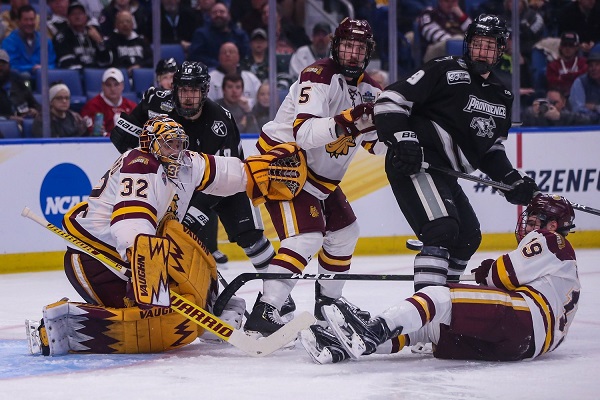
In forty-years-plus of covering sports you develop hobby horses. Issues that re-appear continuously over time. In our case, one of those issues has been pro hockey’s development model and the NCAA’s draconian rules for its participants. Which was better, and why couldn’t the sides reach a more reasonable model?
In the case of hockey the NCAA’s ban on any player who played a single game in the Canadian Hockey League created a harsh dilemma for hockey prodigies in Canada and the U.S. Throw your lot in with the CHL, hoping to be drafted by the NHL, or play in a secondary league like the USHL till you were eligible for the NCAA. Prospects in the CHL’s three leagues — the OHL, QMJHL and WHL —were classified as professional by the NCAA because they get $600 a month for living expenses, losing Division I eligibility after 48 hours of training camp. The stipend isn’t considered income for personal tax purposes.”
Over the decades we’ve spoken with many parents and players trying to parse this equation. It was a heartbreaking scene when they gambled on a CHL career that gave them no life skills or education. Or the promised NCAA golden goose never appeared after playing in a lower league for prime development years.
There were tradeoffs. NCAA teams played fewer games, CHL teams played a pro-like schedule. The NCAA awarded scholarships (which could be withdrawn) while the CHL created scholarships for after a career in the league (rules that players getting NHL contracts lost those scholarships has been withdrawn). There were more contrasts.
As we wrote here in 2021, it might have stayed this way but for a tsunami created by the antitrust issue of Name Image Likeness for NCAA players who were not paid for the use of their NIL. When the U.S. Supreme Court ruled on the issue in 2015 it warned the NCAA that its shamateurism scheme had to change. That created revolution in the NCAA. Athletes now receive healthy compensation for their image in video and digital products. They can also take million-dollar compensation from sponsors and boosters.
Portals allow them to skip from team to team to find millions in compensation. One of the many changes in the new NCAA was its prohibition against CHL players. To forestall future lawsuits costing millions, it recently made hockey players eligible for the same revenues as football and basketball players. Now the NCAA has voted to open up college hockey eligibility to CHL players effective Aug. 1, 2025, paving the way for major junior players to participate in the 2025-26 men’s college hockey season.
Which, we wrote in 2022, would leave hockey’s development model vulnerable. “As one insider told us, “The CHL model should be disrupted. Archaic and abusive.” NIL won’t kill the CHL but it could strip away a significant portion of its older stars who choose guaranteed money over long bus rides and billeting with other players. It’s early days, of course, but be prepared for an NHL No. 1 draft pick being a millionaire before his name is even called in the draft.”

As we wrote in May of 2022 “A Connor McDavid could sign an NIL styled contract at 16 years old, play in the NCAA and— rich already— still be drafted No. 1 overall. Yes, college hockey has a lower profile and fewer opportunities for endorsements. Some will want the CHL’s experience. But a McDavid-type player would be a prize catch for an equipment company or a video game manufacturer. Or even as an influencer. All things currently not allowed in the CHL.”
Effectively the CHL will get all or most of the top prospects at ages 16-19. After that age prospects drafted or undrafted can migrate to the NCAA model. Whether they can sign NHL contracts upon drafting and still play in the NCAA is unclear at this moment. (“On the positive side, we will get all the top young players coming to the CHL because we’re the best development option at that age,” one WHL general manager told The Athleltic’s Scott Wheeler.

One OHL GM told the Athletic “As the trend increases with American players looking for guarantees to sign, does a CHL player turn down an opportunity to sign at the end of their 19-year-old year with the hopes that a year at 20 in NCAA as a free agent gives them a better route to the NHL?”
The permutations are endless at the moment. But, at least, players and their families have a choice between hockey and education that was forbidden in the past. Plus, they can make money via NIL to allow them to stay for an extra year of development or education. The CHL will take a hit, but most young Canadian players will still see it as the logical launching pad to the NHL.
Now, for once, families can come first on the cold, nasty climb to the top hockey’s greasy pole.
Bruce Dowbiggin @dowbboy is the editor of Not The Public Broadcaster A two-time winner of the Gemini Award as Canada’s top television sports broadcaster, he’s a regular contributor to Sirius XM Canada Talks Ch. 167. His new book Deal With It: The Trades That Stunned The NHL And Changed hockey is now available on Amazon. Inexact Science: The Six Most Compelling Draft Years In NHL History, his previous book with his son Evan, was voted the seventh-best professional hockey book of all time by bookauthority.org . His 2004 book Money Players was voted sixth best on the same list, and is available via brucedowbigginbooks.ca.
-
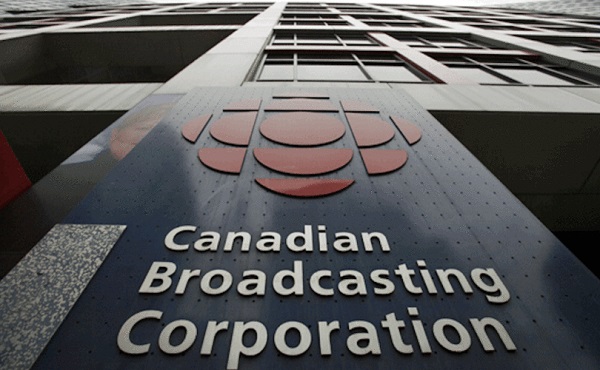
 Business2 days ago
Business2 days agoCBC’s business model is trapped in a very dark place
-
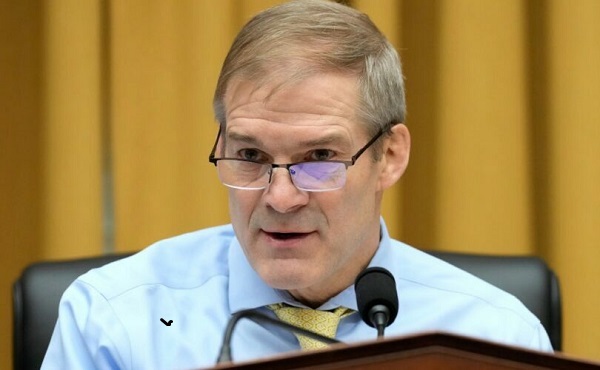
 Censorship Industrial Complex2 days ago
Censorship Industrial Complex2 days agoCongressional investigation into authors of ‘Disinformation Dozen’ intensifies
-
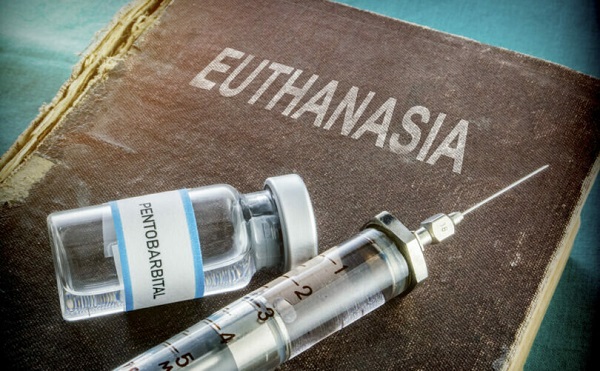
 Alberta2 days ago
Alberta2 days agoAlberta government announces review of Trudeau’s euthanasia regime
-

 Alberta1 day ago
Alberta1 day agoAlberta fiscal update: second quarter is outstanding, challenges ahead
-
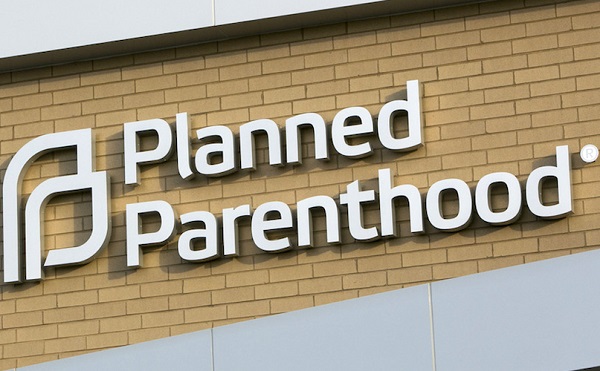
 Business1 day ago
Business1 day agoTrump’s government efficiency department plans to cut $500 Billion in unauthorized expenditures, including funding for Planned Parenthood
-
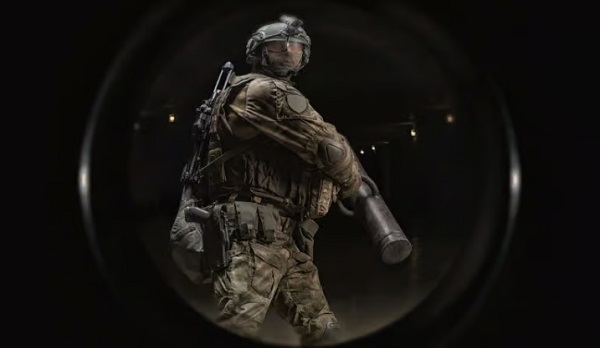
 Brownstone Institute18 hours ago
Brownstone Institute18 hours agoFirst Amendment Blues
-
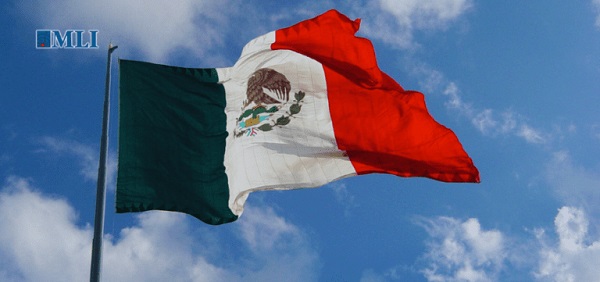
 Crime1 day ago
Crime1 day agoMexican cartels are a direct threat to Canada’s public safety, and the future of North American trade
-

 Bruce Dowbiggin2 days ago
Bruce Dowbiggin2 days agoThe Pathetic, Predictable Demise of Echo Journalism







